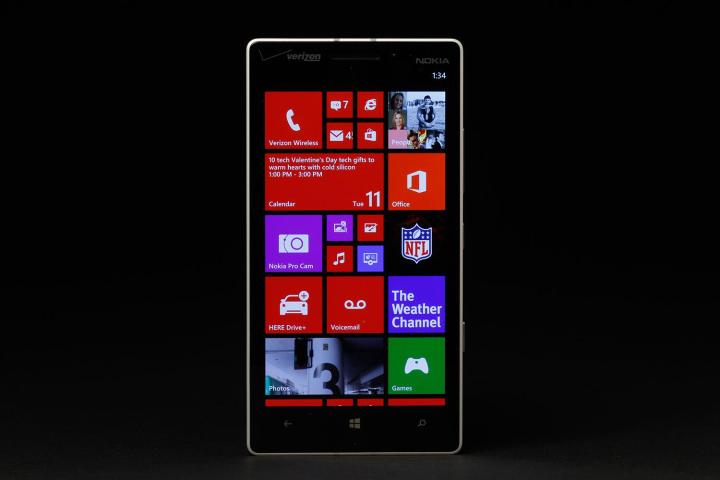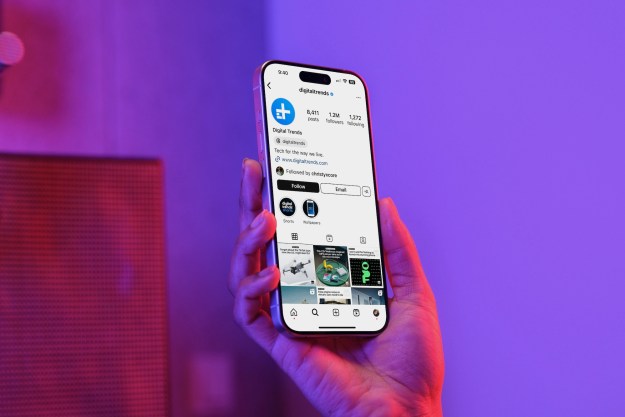
Microsoft may have some interesting new technology hiding up its sleeve. According to a report from the Verge, Microsoft plans to incorporate Kinect-like gestures into the interface of the upcoming Nokia McLaren Windows Phone. The Nokia McLaren is expected to debut later this year.
The new gesture-based interface will allow users to interact with elements on the display without ever actually having to touch the screen directly, anonymous sources familiar with Microsoft’s plans say. The new gesture controls are referred to as 3D Touch or Real Motion internally and will arrive on at least one Windows Phone soon. The first device to feature the new interface will most likely be the long-rumored McLaren.
The McLaren is expected to be a powerful, high-end Windows Phone with an excellent camera, much like the Nokia Lumia 1020 (shown above). If Microsoft is willing to put Kinect-like gesture controls on the McLaren, the interface must be well-tested. According to the unnamed sources, Microsoft has been working on the technology for several years now and expects it to work well on the device. The company is working closely with app developers to ensure that the new gesture controls can be used on multiple apps and mobile games.
The McLaren will feature multiple sensors to ensure that the user’s motions are accurately detected and applied. The 3D Touch interface isn’t expected to arrive on Samsung or HTC Windows Phones at first. It seems that Microsoft wants to make the technology an in-house exclusive for now. The interface will allow users to answer phone calls by moving the phone up to their ears, hang up the phone by stowing in in their pockets, and even enable speaker phone by placing the device on a table or other flat surface during a call.
Users will also be able to silence the phone by placing the device against their chest or covering it with the palm of their hands. Dismissing notifications will be a breeze with the software, too: Whenever users receive an alert, all they have to do is wave a hand in front of the display. Microsoft hopes to enable the phone to recognize different amounts of pressure while users hold the device, so that while you’re reading in bed, the screen orientation lock clicks into place automatically. With 3D Touch installed, the camera app will allow users to zoom in on a subject, simply by sliding a finger along the edge of the device.
Overall, Microsoft’s focus on 3D Touch gesture controls indicates that it hopes to eliminate the need for an excess of physical buttons on the device. The new interface will also significantly limit the amount of touching users actually have to do to interact with their smartphones. The anti-touch movement seems to be growing in the world of mobile, with Amazon reportedly planning a gestured-based 3D interface and Samsung’s air gestures for controlling music tracks. Incorporating gesture controls on Windows Phones seems like a big risk for Microsoft, but in an increasingly competitive smartphone market, it’s sometimes necessary to take drastic steps forward into uncharted territory.

